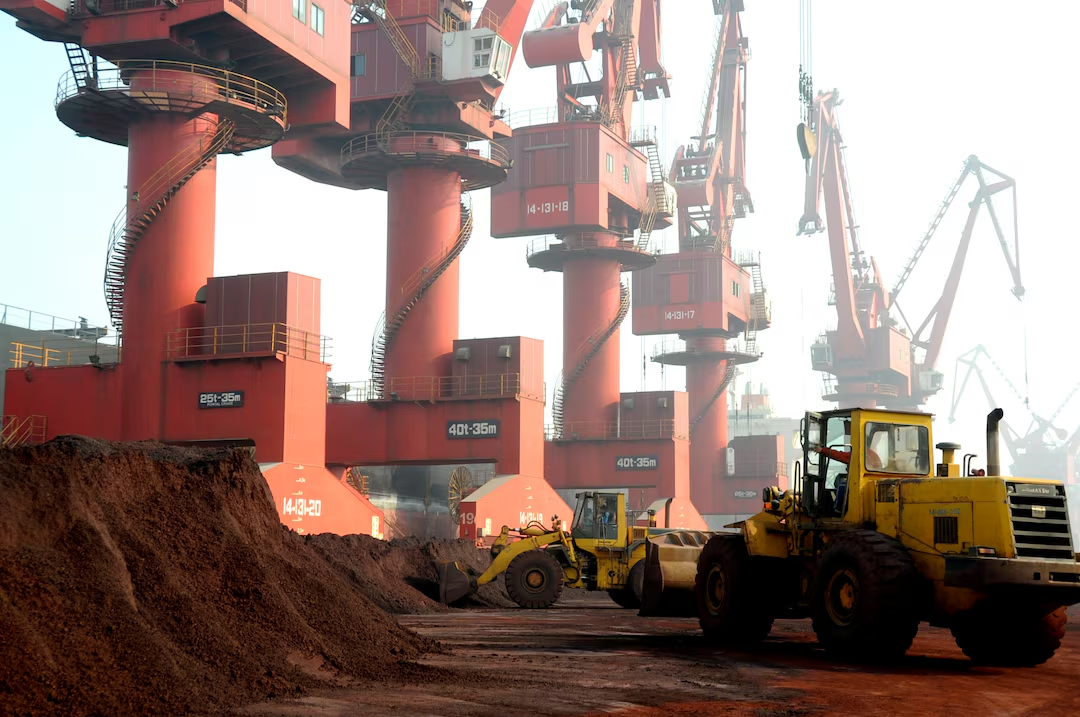Beijing’s new rules: tighter licensing, broader scope, sharper leverage
China’s recent tightening of export controls covers not just raw rare earths but the technologies and processes used to mine, separate, refine and manufacture components with these elements. The policy now requires exporters to obtain government permission and to explain end uses before shipping products or sharing process equipment overseas. The move extends beyond extraction to include the assembly, debugging, maintenance and upgrading of production lines—measures that amplify Beijing’s ability to shape global access to essential inputs for electric vehicles, wind turbines, high-performance magnets and advanced electronics.
International analysts note that this comes at a moment when China already dominates refining capacity: the International Energy Agency estimates China handles roughly 61% of rare earth mining and about 92% of processing. That concentration means a licensing pause or refusal can translate quickly into shortages or price spikes for downstream manufacturers that rely on steady, cheap inputs.
Immediate industry impact: chips, EVs, defense and the price of retooling
The tightened controls create a direct line from geopolitics into corporate balance sheets. Automotive and consumer-electronics firms may face sudden procurement disruptions that force them to accelerate diversification plans. For companies that must redesign supply chains, industry estimates point to billions of dollars in near-term capital expenditure and working-capital needs—money required to qualify new suppliers, add processing capacity, or stockpile critical inputs.
The strategic vulnerability is well documented by the U.S. Geological Survey, which highlights how processing—not just mining—creates choke points. For defense contractors and chipmakers, Beijing’s explicit aim to limit exports to arms-related uses or sensitive chip technologies raises the prospect of denied licenses for the very components those firms need. That shift could compel governments and private players to underwrite domestic refining projects, a move that would likely absorb tens of billions of dollars in subsidies and private investment over several years.
In response to these risks, national agencies have begun mobilizing funds and incentives. The U.S. Department of Energy has already outlined programs to accelerate domestic critical-mineral processing and recycling, signaling that public dollars will play a major role in mitigating China’s leverage. Expect announcements that channel hundreds of millions to billions of dollars into pilot plants, recycling initiatives and strategic stockpiles as countries race to secure alternative routes for magnets, batteries and specialty alloys.
Pathways out: diversify supply, scale recycling and fund green processing
Longer-term resilience will require a combination of diversification, recycling, substitution and technological innovation. Expanding mining and refining outside China is possible, but building capacity to China’s scale is costly and time consuming. The World Bank and multilateral partners emphasize that scaling sustainable mining and processing will demand coordinated investments—public and private—that could total tens to hundreds of billions of dollars globally if nations aim for rapid independence from a single supplier.
Recycling and urban mining represent a pragmatic short- to mid-term solution. Recovering rare earths from end-of-life electronics and EV batteries reduces the need for new extraction, lowers supply-chain risk and supports circular-economy goals. Deploying large-scale recycling systems, however, will itself require capital for collection networks, separation plants and refining units. Public incentives, targeted R&D grants and regulatory standards can accelerate that shift.
Finally, material science offers substitution pathways—developing motors and magnets that use fewer or different critical elements—and process innovations that reduce environmental harm and cost. Those R&D efforts, when combined with strategic public funding and private partnerships, can lower the price tag of independence over time.
Bottom line
China’s expanded export controls are more than an economic policy tweak: they are a strategic lever that forces downstream industries and governments to pay attention now. The immediate outcome will likely be higher near-term costs—measured in billions of dollars for retooling, stockpiling and new facilities—and a multi-year global investment cycle to diversify and recycle critical materials. Policymakers and corporations that act quickly to fund processing alternatives, scale recycling and foster material substitution will reduce exposure and help stabilize global supply chains in the years ahead.



